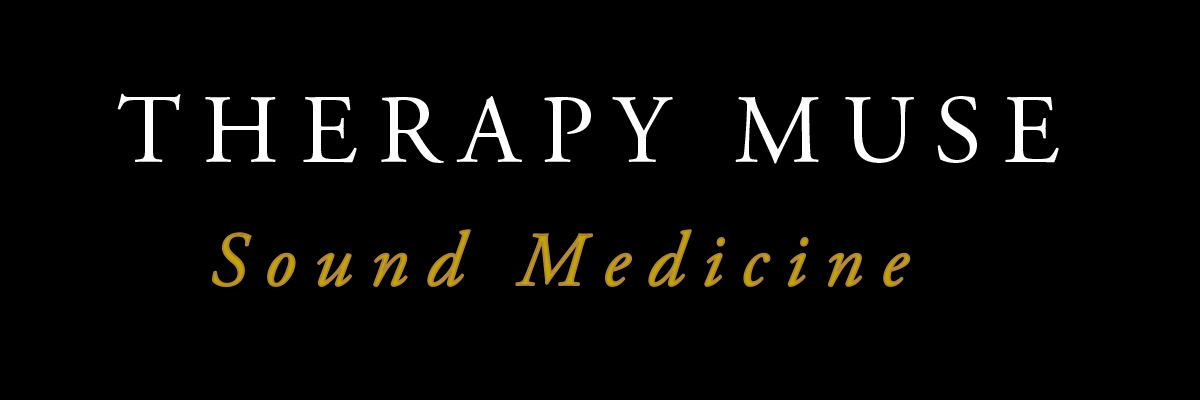What Is Ambient Music?
Music’s role in helping the listener define and absorb the sense of atmosphere you wish to impart is both subtle and pervasive.
According to the Merriam Webster Dictionary, “ambience” is a feeling or mood associated with a particular place, person, or thing.
The form of music that that has been developed to enhance spaces fits into a category called “Ambient Music.” There are qualities of composition and performance as well as audio engineering that characterize true ambient music, a spaciousness to the overall sound field that allows each note to fully evolve and resolve within the human consciousness.
The earth’s atmosphere
Ambient music spans forms from classical minimalism to meditation music. The proliferation of mostly instrumental music stylings encompasses soundtracks for yoga, healing massage therapy, hospital waiting rooms, and even call waiting loops. Primarily instrumental, it can also incorporate atmospheric vocals as well as chill electronica beats. In the early 20th century Erik Satie pioneered Musique D’ameublement, or furniture music, background music played by live performers in specific spaces. The concept of functional music infusing spaces, supportive and unobtrusive, became more ubiquitous with the growth of recorded music.
Perhaps the best definition of ambient music comes from Brian Eno’s ‘Music For Airports’ (1978) liner notes.
“Ambient Music must be able to accommodate many levels of listening attention without enforcing one in particular . . .” Brian Eno Music for Airports
While a wide range of music is used as ambience in hair salons, restaurants, spas, etc, there is a difference between music that is ambient in the background and ambient music that has been intentionally created to evoke and enhance atmosphere, a distinct form with well designed parameters. Much music is ambient by default, floating through malls and grocery stores, coffee shops, and airport bathrooms. We are hearing but not listening as the music merges with distant morning traffic and the diminished murmur of urban birdsong. Without structure and parameters we are affected, but not mindfully so.
In the subtle balance point between attention and intention we have this disposable music, a sonic wallpaper, and as well we have this sacred potential, Schopenhauer’s “. . . deep relation that music has to the true nature of all things . . .” If you are playing music in a room, that music has an aliveness that is infusing every molecule of air with vibration, establishing unique nodes of harmonic feedback from walls and ceiling and windows, absorbed by soft furnishings and rebounded by hard surfaces. On a deep level your brain is processing all of this, affecting your spatial sense and your relationship with the space as much as the lighting or the temperature.
Ambiance and atmosphere define your space. Atmosphere is both a literal, scientific term and a metaphoric descriptor that translates to subjective feeling, cold atmosphere, warm atmosphere, delightful atmosphere, calming atmosphere, professional atmosphere. The intangible mood you are intending is made tangible.
Music’s role in helping the listener define and absorb the sense of atmosphere you wish to impart is both subtle and pervasive. Because the movement of music through a space entrains the metabolism and mind of anyone entering that space, music has a power to define that space in a profound way.
The use of Music in a therapeutic setting is both a tool for healing and a kind of conversation. It is information formed from the archetypes of an ancient harmonic code, moving air and simultaneously moving neurons in the listener’s brain as it infuses your space and conveys atmosphere, that ephemeral sense of ambience.

